We learned some fundamentals of video marketing in previous writing. Now, I will show your four video content templates that work Really.
You can use these templates for social media posts, landing pages, or business homepages.
These templates will solve your problem if you have tried to make videos.
What You Will Learn In This Guide
You will be able to learn:
-
- How to plan a video
- Outline your video content
- Writing a script
- Film your video
So, let’s start.
Table of Contents
Template #1: The How-to Video
The How-to Video is what it says exactly.
It is a video that guides viewers on how to perform various tasks, such as pushups and cake baking.
How-to videos will be the lifeblood of many businesses. But, how-to videos are essentially video versions of blog posts. They’re not meant to convince individuals straight away.
However, how-to videos are a terrific way to get your business in front of potential customers. Therefore, including them in your video marketing alongside product demos is a better option.
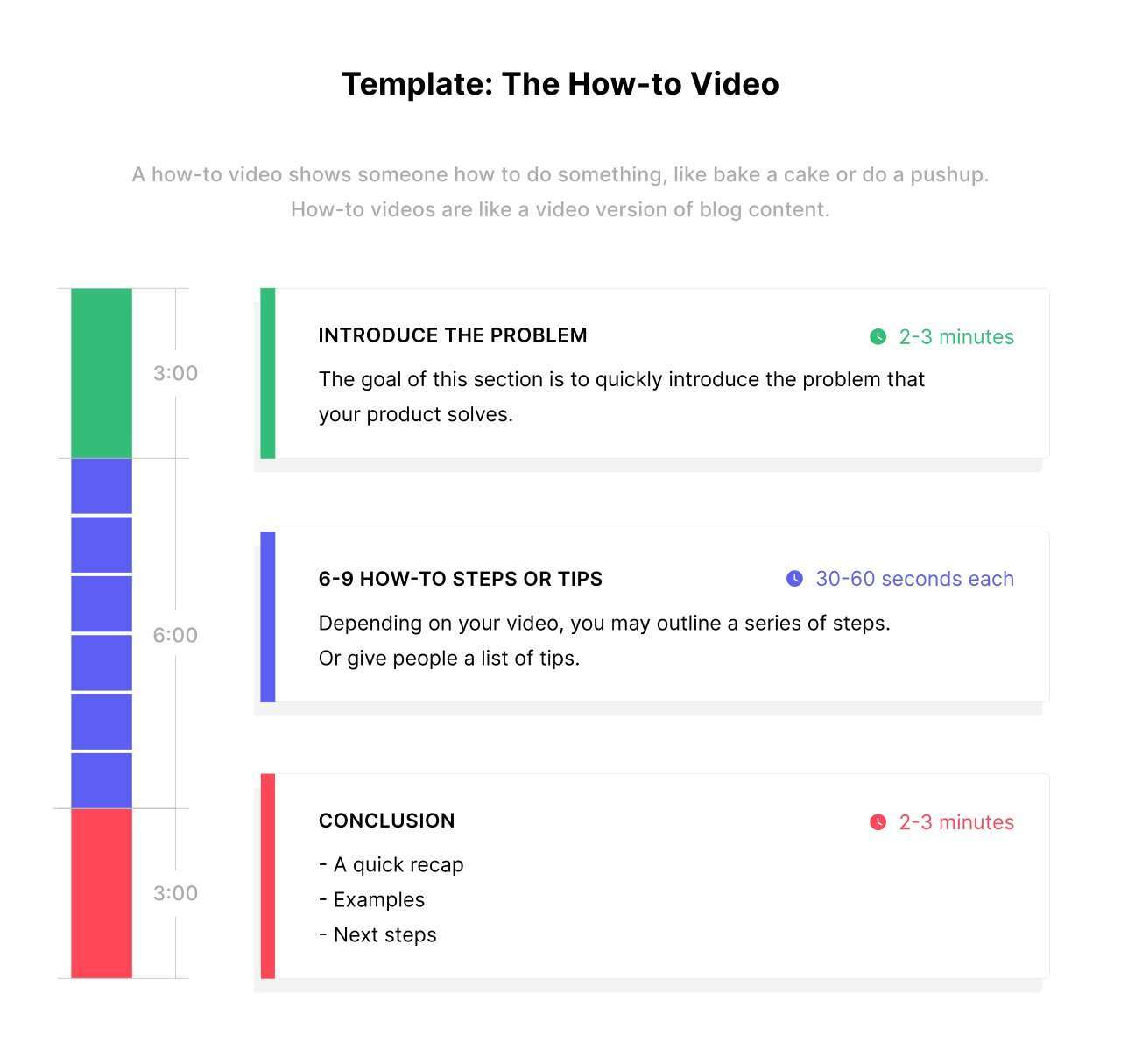
Let’s go out with each part.
#1. Video Preview or Intro
Your preview’s primary focus is to let your reader know they’ve got at the right place.
To put it another way:
It is useless to say why your topic is vital to the people. People understand it if they find your video.
This thing is a standard error I made in my early films. Instead of diving directly into the substance, I’d start with a long history, said Brian Dean.
People Disliked such beginnings. And then they clicked.
Today, he created short, unique, and to-the-point videos.
And such video content proves an excellent Audience Retention.

#2. Steps or Tips
Now comes the body of your story.
You may want to outline a set of steps in your video. Alternatively, provide a list of tips.
The only difference is that the steps are performed in a specific order. In contrast, the strategies can have any sequence.
But one thing is crucial to remember about this part of your how-to video:
Move quickly.
Besides, there’s no need to go over every detail of a step or tip. Yes, you should go through each step thoroughly. But once you’ve covered the fundamentals, it’s time to move on.
Why?
It’s no secret that individuals on the internet have extremely quick attention spans. And if you keep talking about the same thing, your audience will lose interest.
Here you can see it in a 2-3 minutes video.

And everybody became quite bored.
You can see the difference in spending roughly 30-60 seconds. And then, get directly into the following topic. That way, video content goes quickly and keeps people interested.
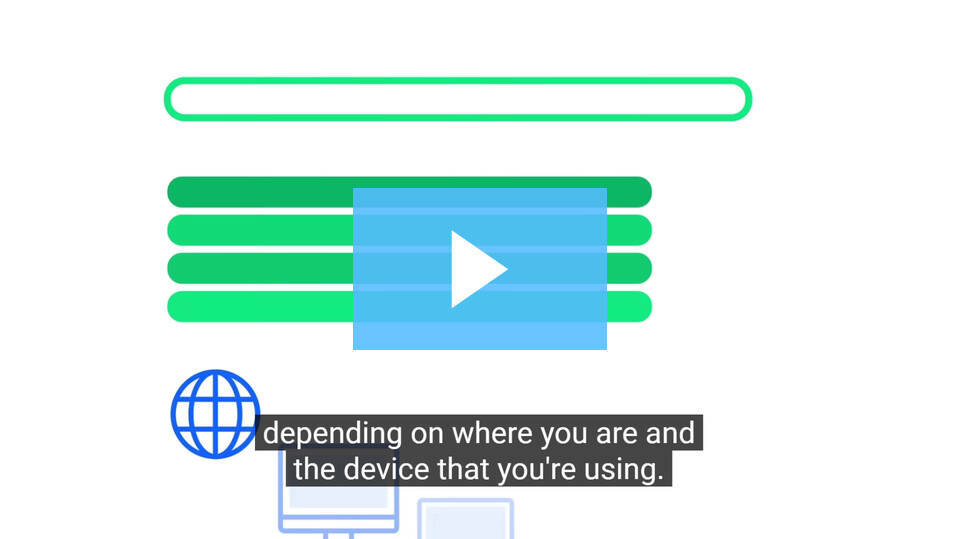
#3. Conclusion
What happens now that you’ve completed your last step?
I wouldn’t suggest quickly finishing your video. That’s rather startling.
Instead, in your video ending, you should rapidly cover three significant points:
-
- A brief recap
- Examples
- Next steps
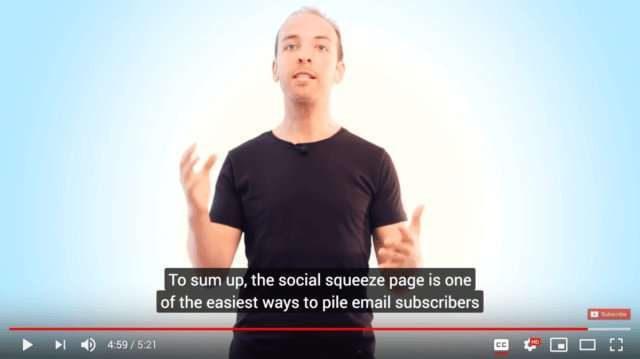
It’s worth noting that doesn’t focus on what they had heard.
Instead, summarize what they found. Then begin to transition into the video’s conclusion.
Likewise, if you know any more examples of where this approach has benefited you, a client, or a friend, please include them below. You most likely gave a few examples in your video’s steps section. However, you are allowed to add one more here.
This last example motivates people to put what they’ve just learned into practice.
Finally, tell everyone about the following actions.
If they’re viewing your video on YouTube, they might want to follow you.
You may ask people to subscribe to your newsletter if you share the video on your website.
In any case, ensure to end your video with a specific list.
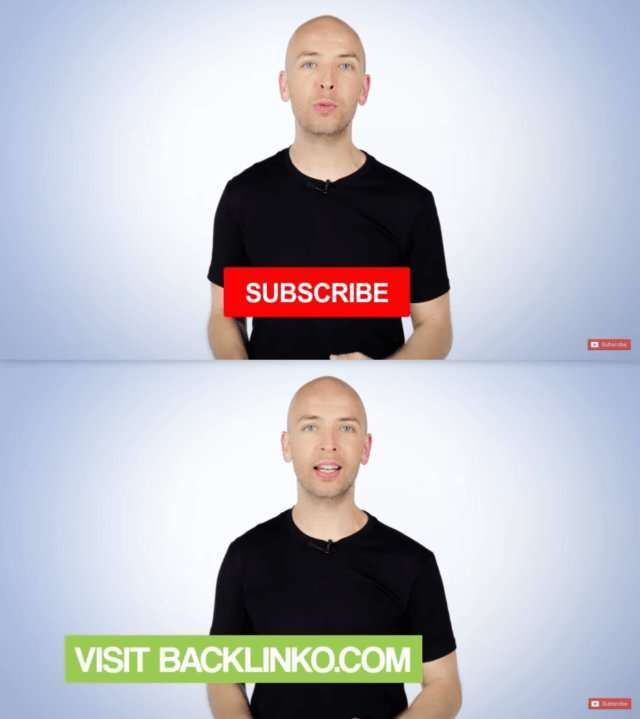
Template #2: Product Demo
Nothing beats a video demonstrating how your product works.
I suggest the following template:
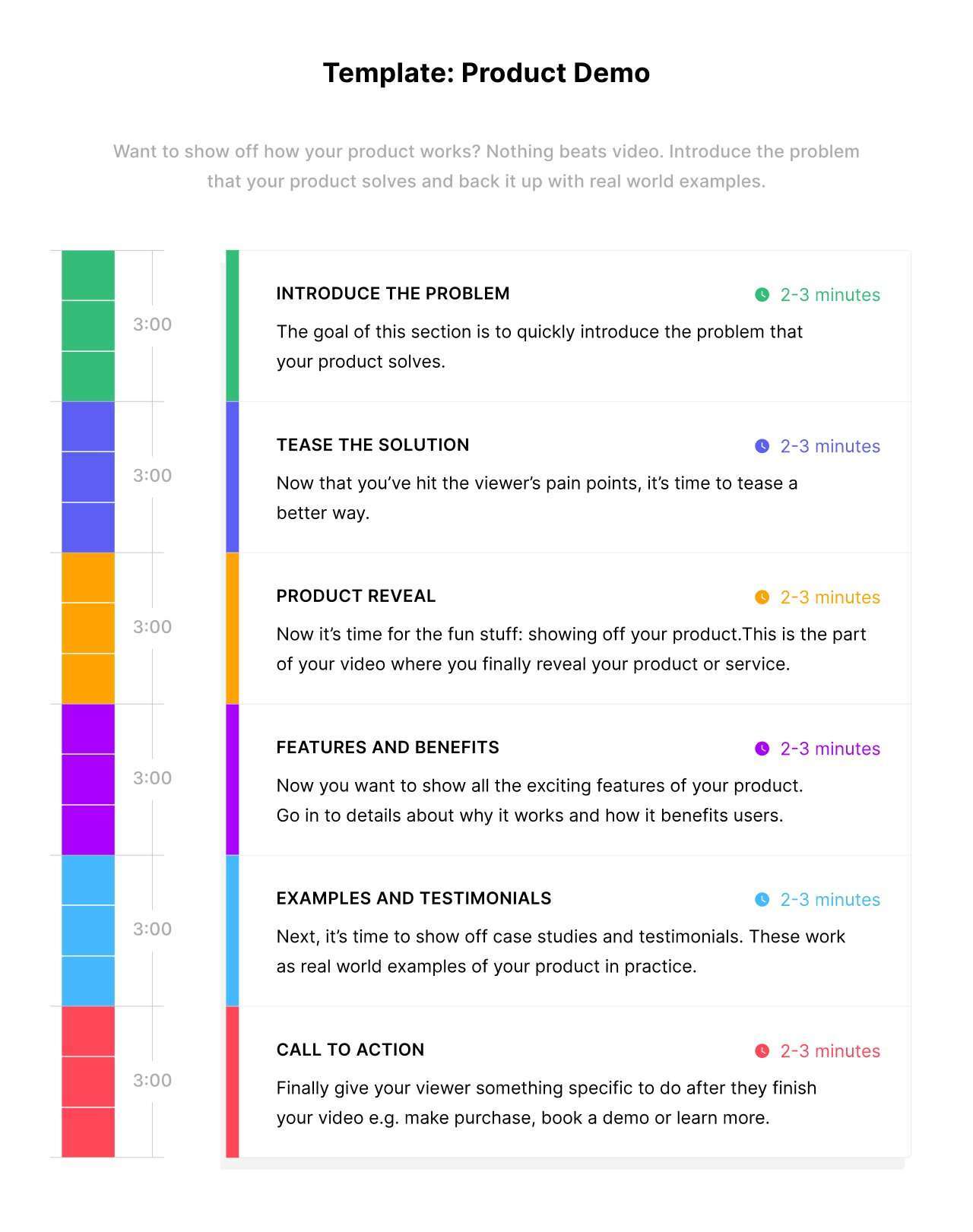
#1. Introduce The Problem
Many product demo videos begin by explaining why their product is so fantastic.
And it’s a HUGE blunder.
Yes, you can feature your product at the start of your video, just for a little while.
The purpose here is not to showcase your goods (yet).
Instead, the purpose of this part is to explain the problem that your product resolves quickly.
It is a classic infomercial approach that works perfectly for product videos.

And if you focus, you’ll see that 80-90% of the infomercial isn’t about the goods. Instead, it is about the issue at hand.
The Huggle, for example, does not begin with features, advantages, and costs. Instead, they spend the first few seconds describing the issue.

As a result, viewers will be eager to buy when they unveil their goods.
#2. Tease The Solution
Now that you’ve handled the viewer’s concerns, it’s time to tease a superior solution.
There are several approaches to this.
The first is to discuss typical remedies to the situation you just stated.
You might also just state, “If you’ve ever had difficulty with X, there’s a new technique to fix X that works beautifully.”
#3. Product Unveiling
Now comes the exciting part: displaying your goods.
This is the point in your video where you introduce your product or service.
This is not the place for fancy. Instead, display an excellent photo of your product and an engaging introduction.

Now that everyone has seen your new product, it’s time to go through some of its essential features and benefits.
#4. Features and Benefits
These advantages vary greatly depending on the sort of product you’re promoting.
If it’s software, you’ll want to highlight all of the amazing things it can do.
If the product is a supplement, you should discuss the key components and their function.
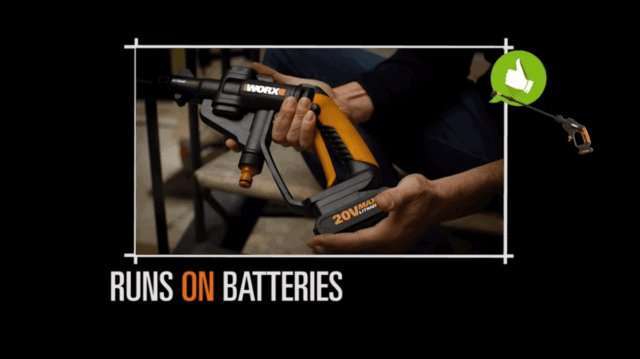
#5. Examples and Testimonials
Following that, provide examples, case studies, and testimonials.
Octasense does an excellent job of including case studies in its product videos.

#6. Call to action
Finally, a CTA is in order.
It is the call to action that entices the people to take action. However, this is dependent on your product or service. Assume you’re selling a $50,000 piece of industrial equipment.
Your CTA may be “learn more” or “book a demo” in such cases.
You want to give your viewers something to do once they finish watching your video.
Template #3: Explainer Video
Here, you can explain the concept of your product or service.
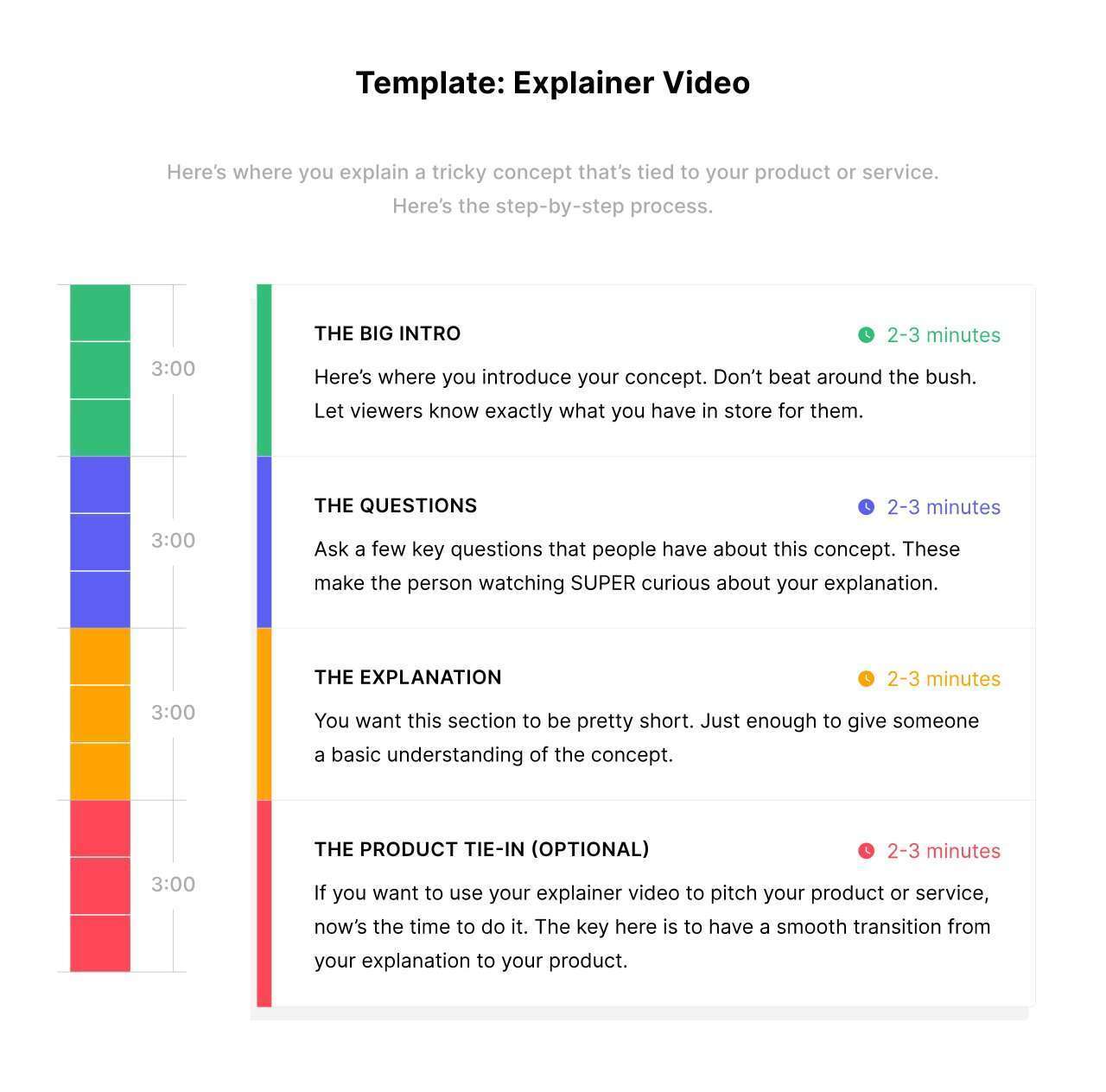
#1. The Big Introduction
In this section, you introduce your idea. So, without further ado, let’s get to the point. First, inform users of your plans for them.
TransferWise, for example, gets right to the point of their video.

#2. The Questions
Before explaining the subject, ask a few crucial questions that people have about it.
For example, the excellent video about API tackles questions like “How does data flow from one to the next?”
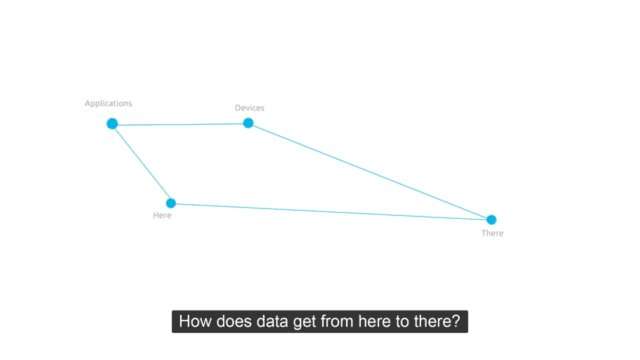
These questions entice the interest of the person watching your explanation.
Why?
They may have asked themselves some of these questions. And asking those similar questions early on keeps your audience to stay watching.
#3. The Explanation
The explanation is the most crucial part of the explainer video.
What you describe will influence how you organize this.
However, in general, you need this part to be relatively brief—only enough to provide a basic knowledge of the idea.
Put another way, you’re not aiming to give your audience a Ph.D. on your subject. Instead, you’re providing them with that much information to understand the fundamentals.
#5. The Product Connection (Optional)
Now is the moment to use your explainer video to sell a product or service.
The trick here is to move smoothly from your description to your product. In other words, it should not feel like an afterthought.

Template #4: The Case Study
Case studies are well known for increasing conversion rates on landing pages, webinars, and other platforms.
And, if you want to get more out of them, I suggest using video customer testimonials.
Nothing beats hearing actual; live people praise your firm. Text cannot compete.
With that in mind, here’s how to best format your video case studies and testimonials.
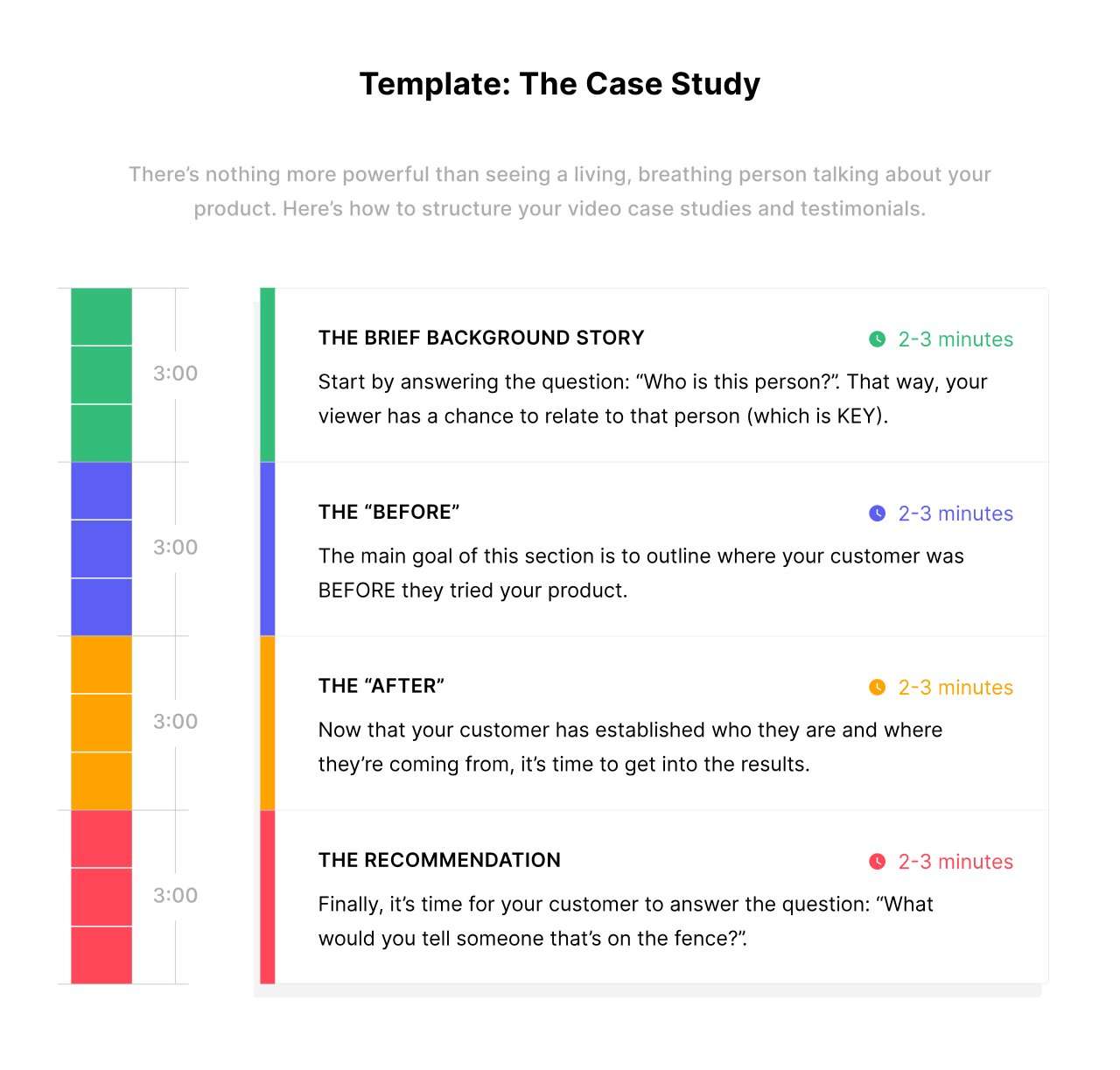
#1. The Background Information
It would help if you began your case study by answering the following question:
“Who is this individual?”
In other words, don’t begin your case study film with your consumer praising your qualities. Instead, ask your buyer to describe themselves and their current situation.
Here’s an example.
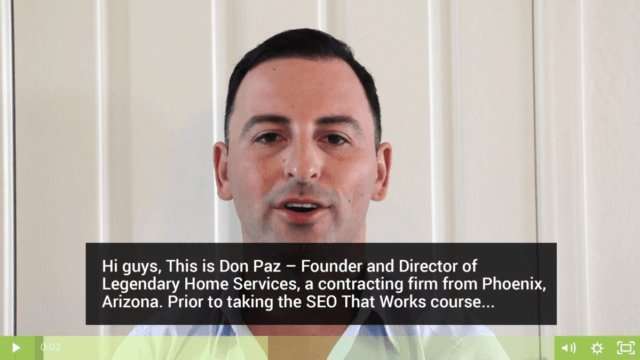
#2. The “Before”
Its purpose is to describe your customer’s situation before trying your product.
If you’re a fitness trainer, this may be a customer telling you about struggling with their weight after the first delivery.
If you offer productivity tools, a busy CEO may be discussing overworked.
Don, for example, tells how he battled with content development in this video:
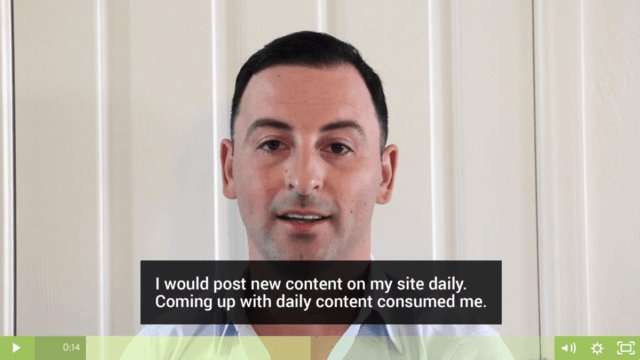
#3. The “After”
Now that you’ve defined your consumer and the place, it’s time to look into the outcomes.
As I said earlier, teaching your consumers what to say or how to say it is unnecessary.
Urge them to discuss particular outcomes in their own words if feasible.
Remember, the outcomes need not be outstanding.
Losing 10 pounds are minor outcomes, which are okay because they are more relevant.
Again, take Don’s case study.
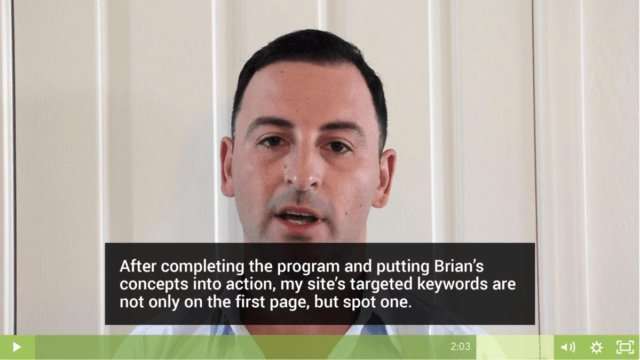
#5. The Recommendation
Finally, your client should respond to the question: “What would you say to a person on the fence?”
For example:
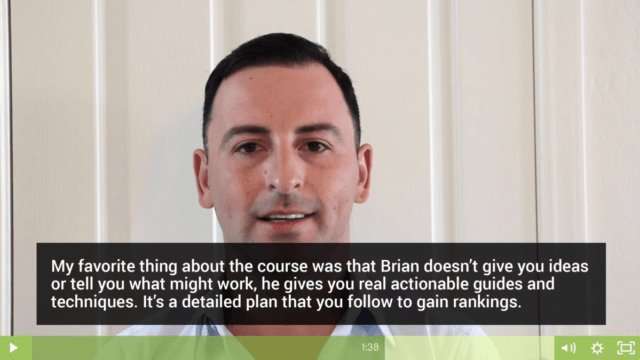
Wrap Up
That’s all about the content templates for the video. I hope you get the point. Now, it is your time to test these.
Related article: Video Marketing Fundamentals

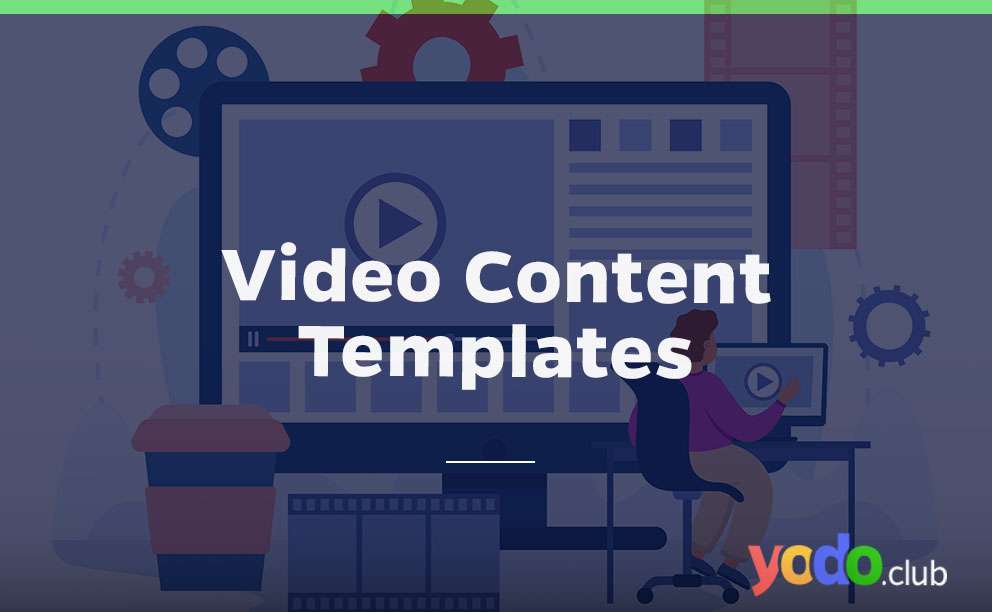

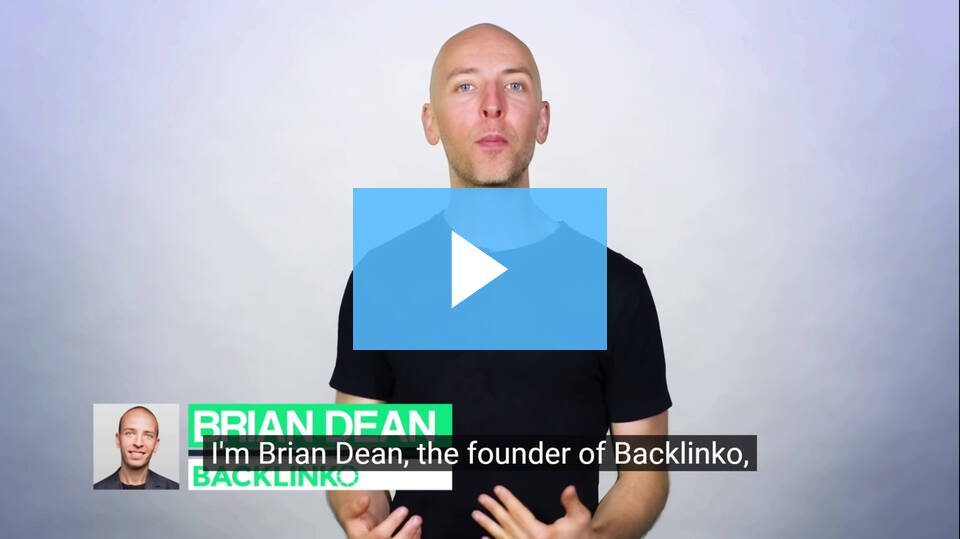

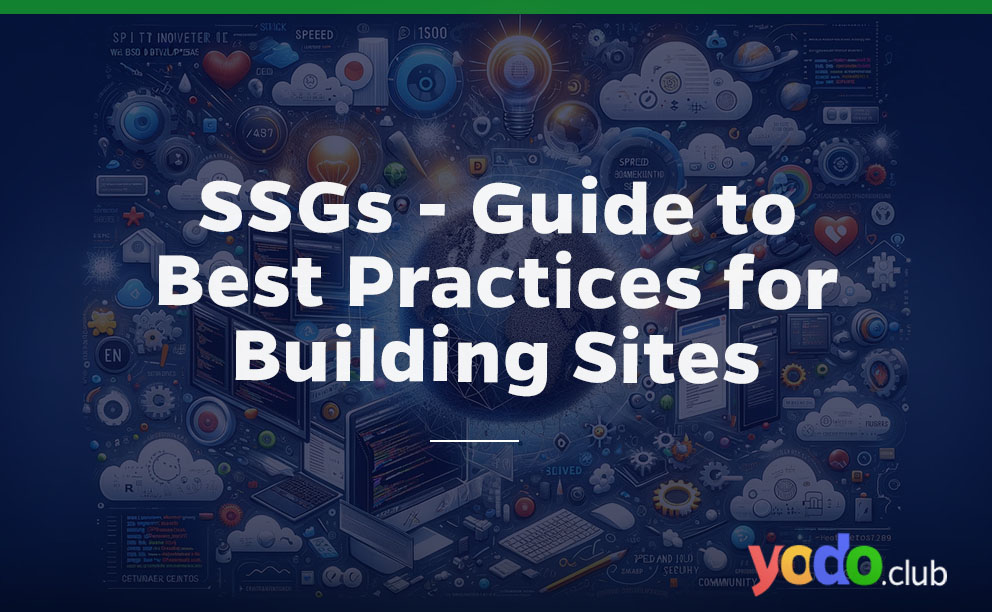
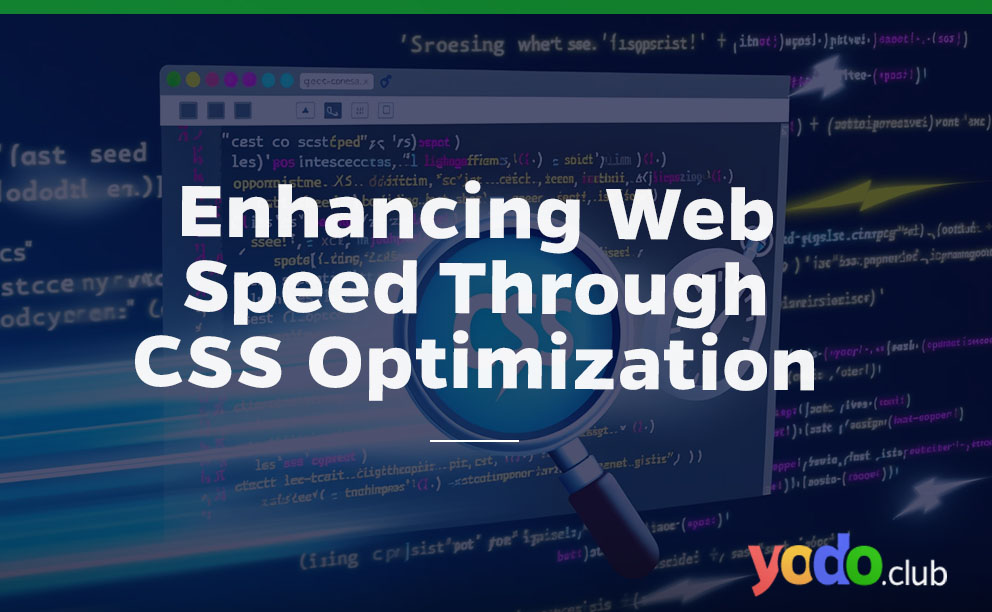

 & Passion.
& Passion.